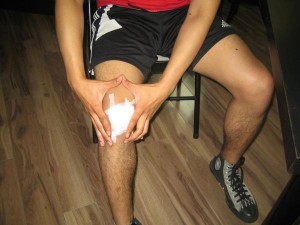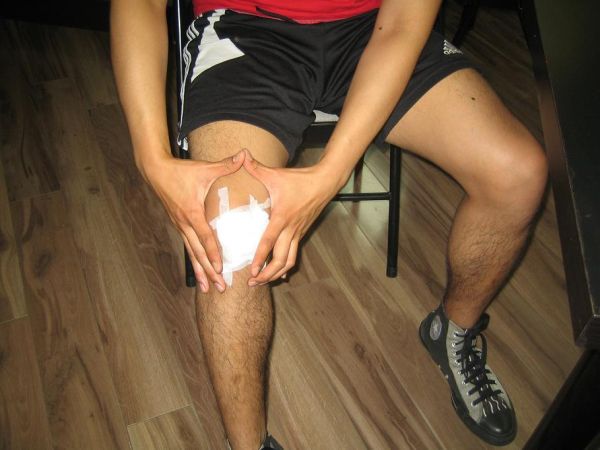Knowing the different types of open wounds is crucial in providing appropriate first aid procedures. Read on and learn more about each type of wounds.
Accidents frequently result in wounds. First aiders respond to countless cases of accidents that
involve wounds, and each type of wound may require unique first aid procedures. Therefore, you have to know how to differentiate types of wounds.
Wounds are broadly classified into two: open wound and closed wound. An open wound involves a break in the skin or mucus membrane. While a close wound refers to an injury or damage to underlying tissues but does not involve opening or break in the skin. In both cases, the primary goal of first aid procedures is to control bleeding.
Types of Open Wounds
1.Abrasions
The outer layers of the skin are with roughly damaged edges. It often results from being dragged or forced against a rough or hard surface. Abrasions are superficial and do not normally involve major blood vessels, so bleeding is limited. However, just like other types of open wounds, the risk of contamination and infection is high. First aid procedures focus on keeping the wound clean and preventing infection.
2.Incisions
Incision is characterized by a clean cut through the skin. It often results from cut on rough edges of broken glass, metal or other sharp objects. Depending on the severity of the incision, bleeding may be heavy and rapid. Deep incisions may also damage nerves, muscles, blood vessels, and tendons. First aid procedures involve controlling bleeding.
3.Lacerations
These wounds are characterized by irregular, jagged or blunt tears or breaks in the soft tissues. It usually results when a great force is exerted against the body. Bleeding can be extensive and rapid. Compared with a cut, destruction of tissue tends to be greater in a laceration. And because wound tends to be deeper, the chances of later infection are high.
4.Punctures
It results when an object pierces through the skin layers, creating a small entry wound or cut in the tissue. It is often caused by nails, bullets, splinters, pins, and other pointed objects. Because the area of damage is relatively limited, external bleeding is quite limited. However, it may result in damage to internal organs, causing internal bleeding. Furthermore, the risk of infection is increased due to the limited external bleeding. After rendering first aid procedures, the victim should be given anti-tetanus shots as the risk of tetanus is high.
5.Avulsions

This results when body tissues are forcibly torn off or separated. It usually leads to extensive and rapid bleeding. The goal of first aid procedures is to control bleeding. Usually, avulsed tissues need to be reattached by a surgeon. Make sure to transport the body part along with the victim. Avulsion usually results from motor vehicle accidents, gunshots, animal bites, explosions, and other crushing injuries.
Knowing the type of wound is also critical when communicating with emergency services. If the emergency service knows the type of wound, they can bring appropriate supplies.

